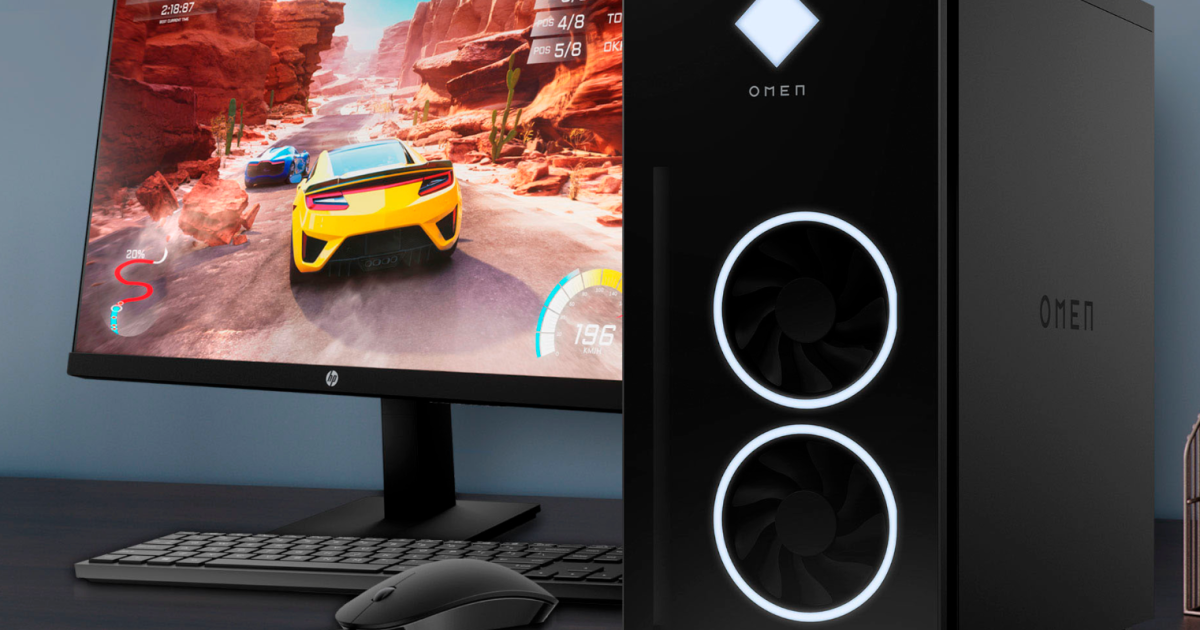If you’re a veteran PC gamer, you’ve likely come across terms like ‘VSync’, ‘G-Sync’, and ‘FreeSync’. VSync, short for vertical synchronization, is a crucial display feature that ensures your gaming screen stays in sync with your GPU. In this article, we delve deeper into VSync and related technologies to understand how they work, whether you should enable them, and how to disable them if needed.
What is VSync technology?
VSync is a graphics technology that syncs a game’s frame rate with the refresh rate of a gaming monitor. Originally developed to address screen tearing issues, VSync prevents the simultaneous display of multiple frames, which can cause visual artifacts like the familiar horizontal split in the screen.
When screen tearing occurs, it’s most noticeable during fast motion or when the monitor’s refresh rate isn’t synchronized with the GPU’s frame rate. VSync limits the frame rate output to match the monitor’s refresh rate, thus preventing higher frames per second than the monitor can handle.
By utilizing double buffering and page flipping, VSync ensures that frames are only drawn onto the display at the end of the refresh cycle, eliminating screen tearing when enabled.
Does it make a big difference?
VSync primarily addresses screen tearing and limits FPS when necessary. However, it doesn’t enhance resolution, colors, or brightness levels like HDR. Enabling VSync can also impact performance by reducing frame rates and potentially affecting input lag in fast-paced games.
To optimize your gaming experience, it’s crucial to fine-tune your settings and explore other advanced options such as G-Sync and FreeSync.
What are Adaptive VSync and Fast Sync?
GPU manufacturers have developed enhanced versions of VSync, such as Adaptive VSync and Fast Sync, to address its limitations. Adaptive VSync adjusts VSync based on the monitor’s refresh rate and game’s FPS, while Fast Sync combines VSync and triple buffering for improved performance.
Is VSync better than G-Sync or FreeSync?
Nvidia’s G-Sync and AMD’s FreeSync offer superior sync capabilities compared to VSync. These technologies aim to sync refresh rates and data with the GPU’s frame rate more effectively, addressing image precision and tearing issues.
Who can use G-Sync and FreeSync?
Most modern Nvidia and AMD graphics cards support G-Sync or FreeSync. VSync is also widely available and compatible with most PCs that can handle gaming.
How to enable VSync?
Enabling VSync on a compatible graphics card can enhance performance on most displays. You can activate VSync through AMD FreeSync, Nvidia graphics drivers, or in-game settings.
Editors’ Recommendations


